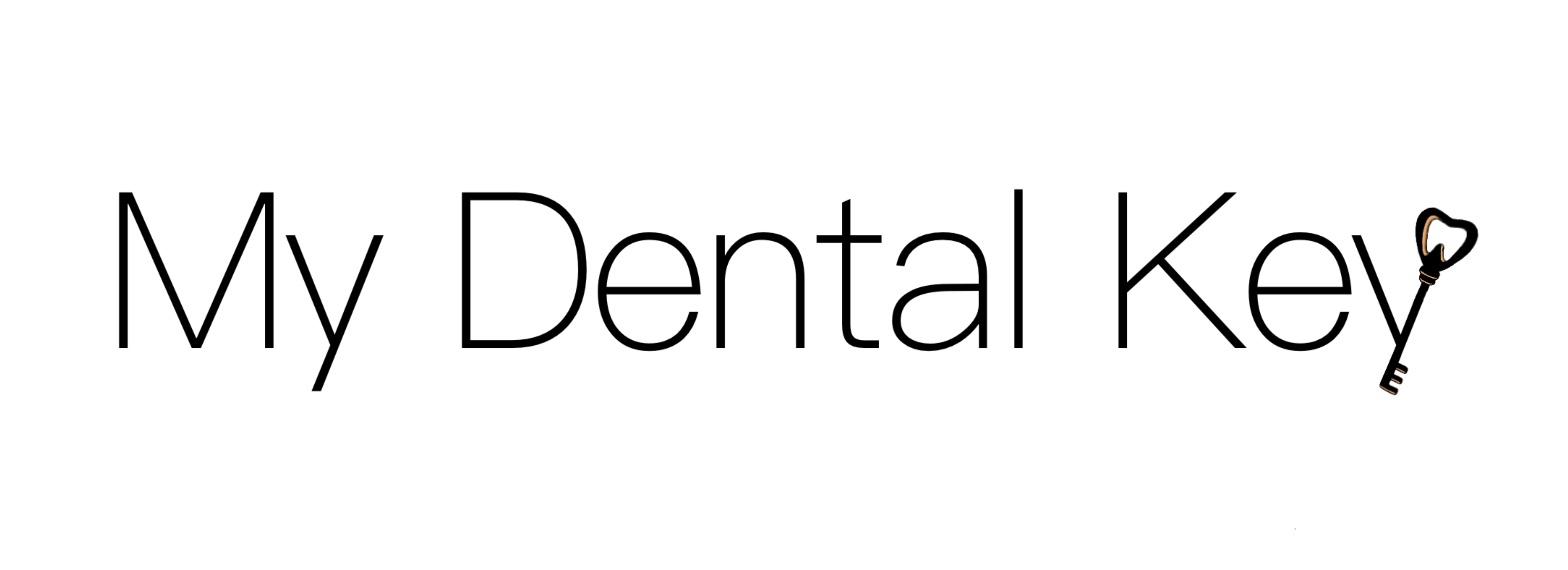Class II Amalgam Preparation
#29 DO

Overview
-
Outline Form
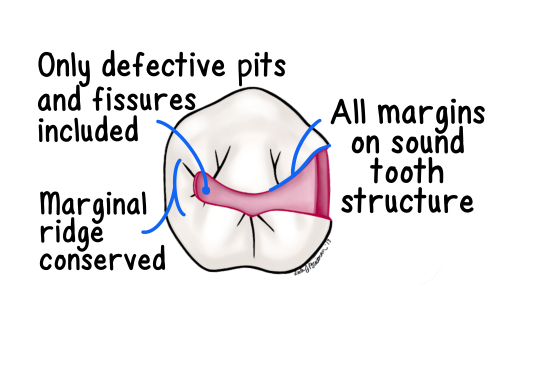
extent of preparation on tooth surface
*amalgam preparations are typically larger than comparable composite preparations due to material requirements -
Retention Form
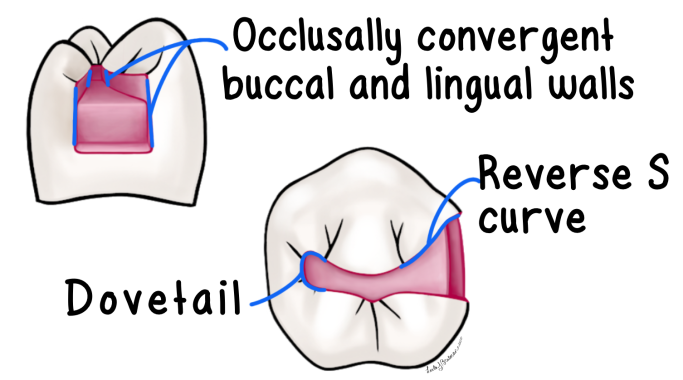
form, shape, and configuration of the tooth preparation that resists the displacement or removal of restoration from the preparation under lifting and tipping masticatory forces
-
Resistance Form
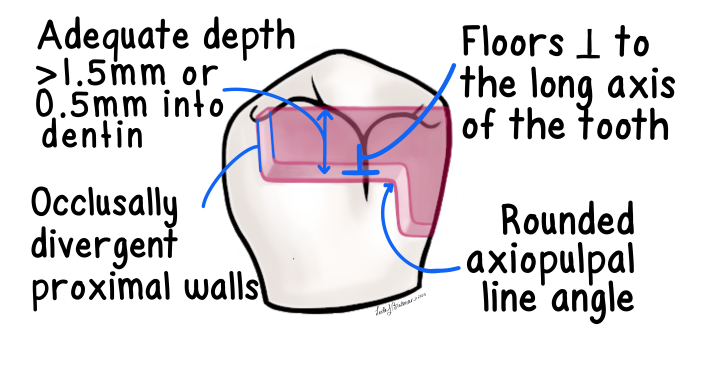
internal form of tooth preparation that allows restoration to resist forces of mastication
-
Convenience Form
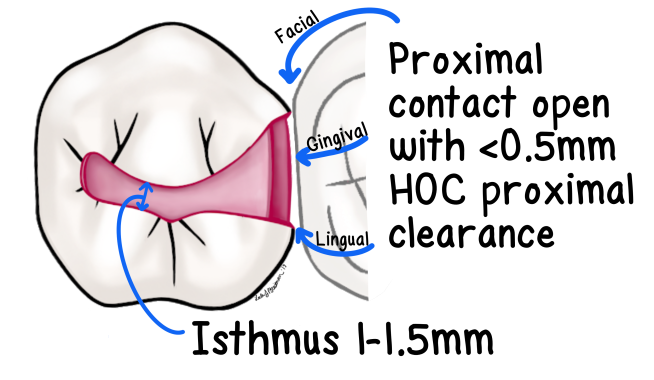
form of tooth preparation that allows for physical and visual accessibility to preparation
Armamentarium
Instruments and Materials
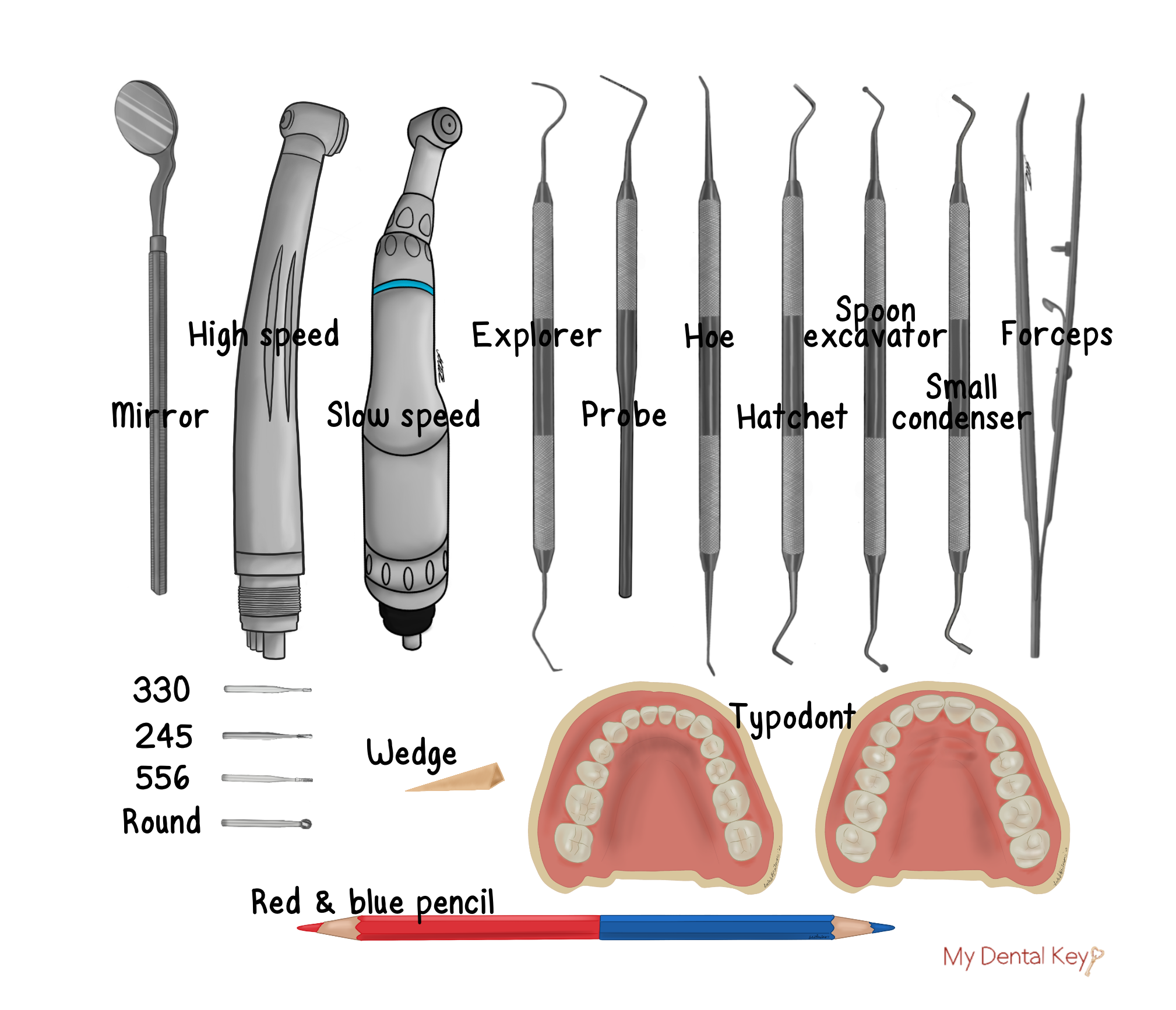
Video Demonstration
Procedures
- Clinical note: The final preparation dimensions are determined by the extent of the carious lesion or existing, faulty restoration
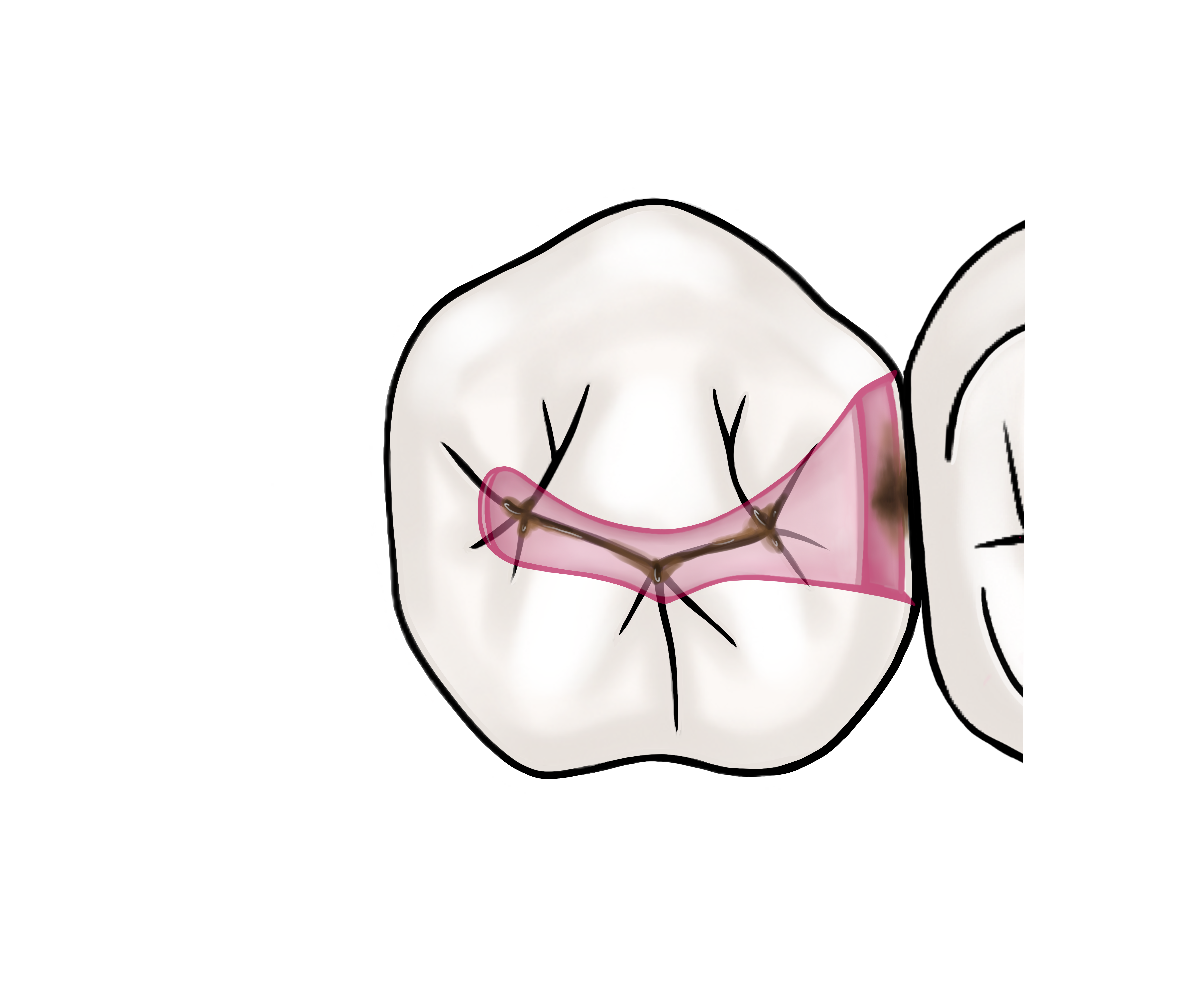
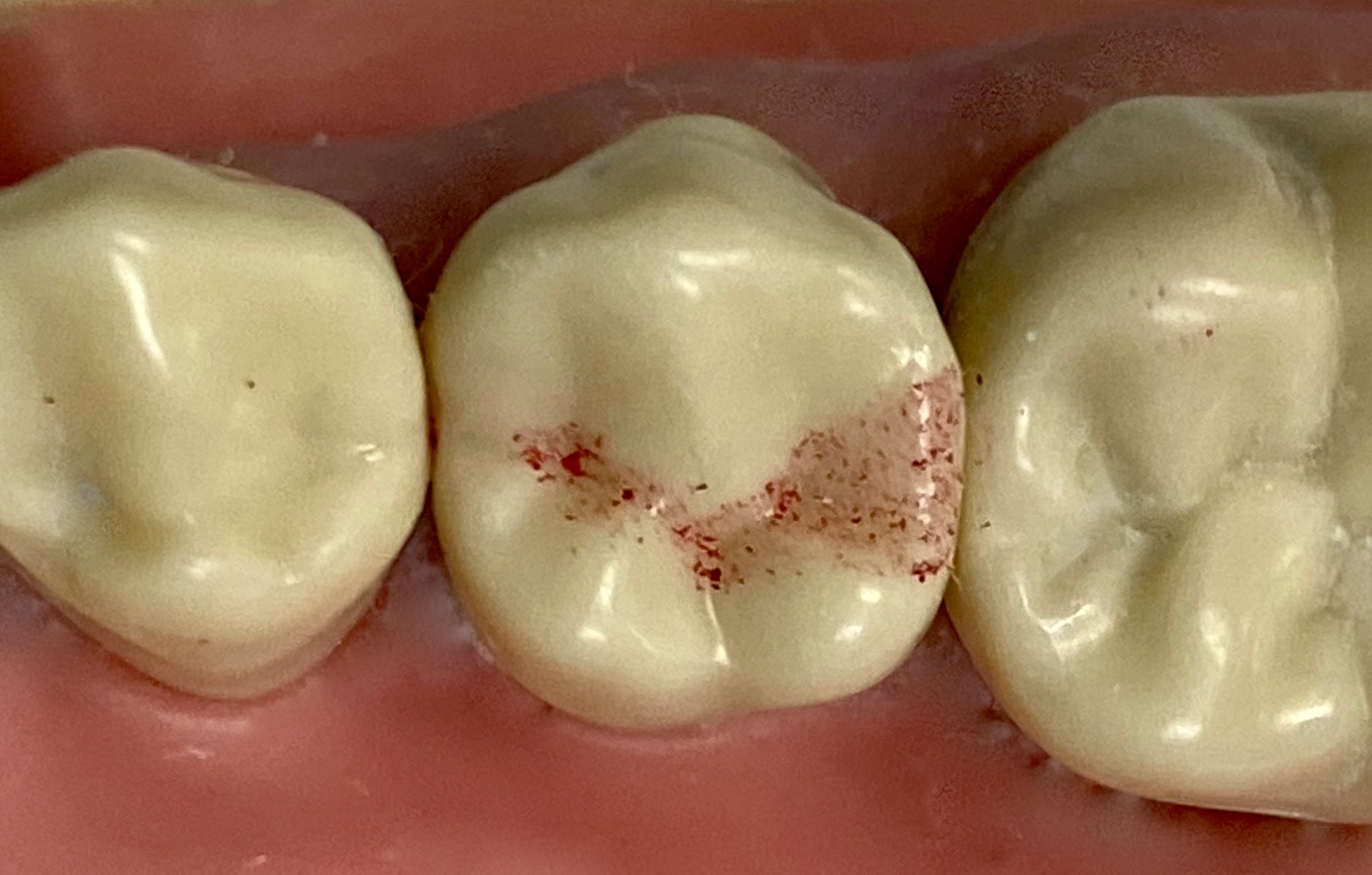
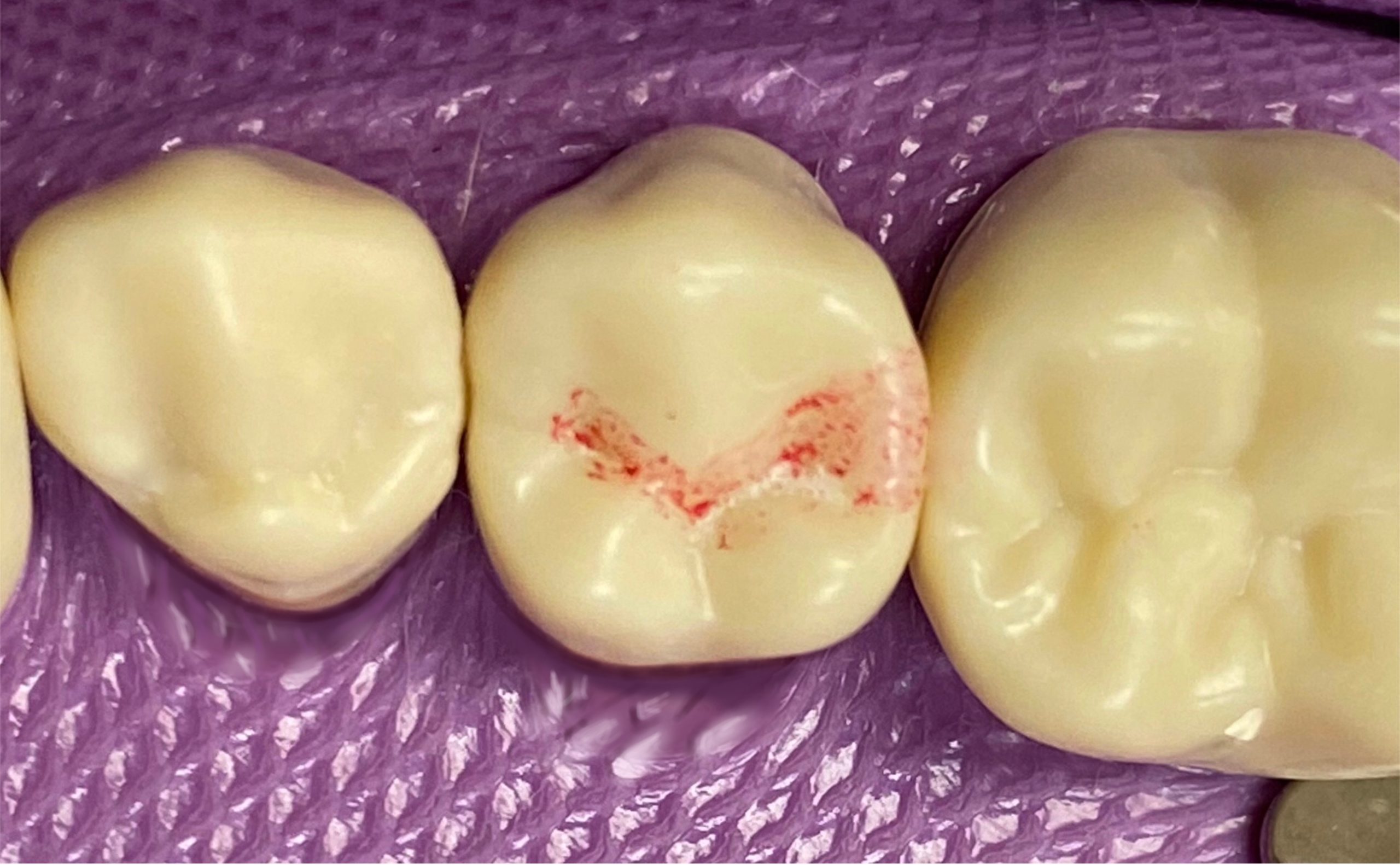
- Optional: Place a matrix band or metallic fender wedge interproximally to protect the adjacent tooth from iatrogenic damage
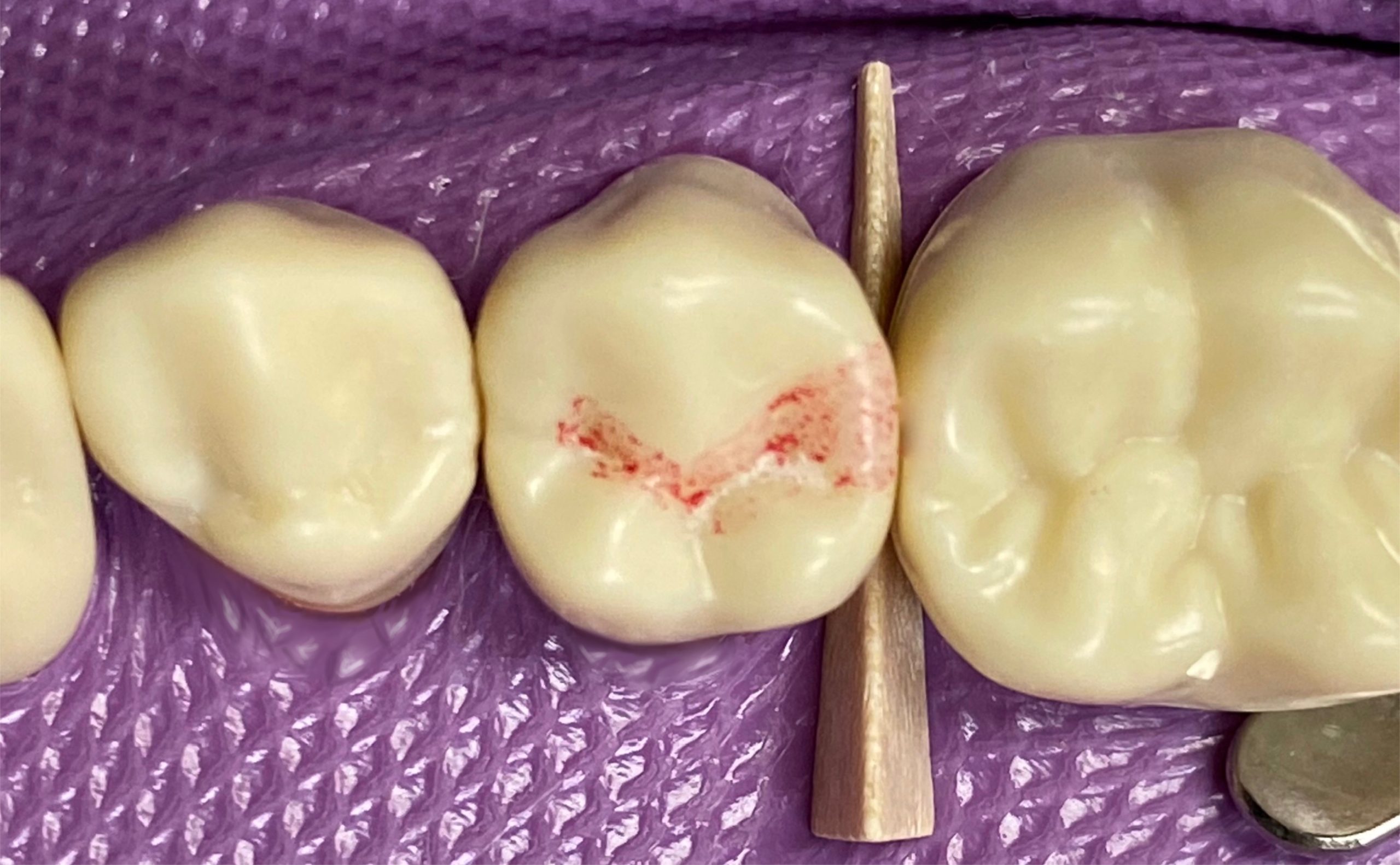
- Bur options: pear shaped carbide bur (330)
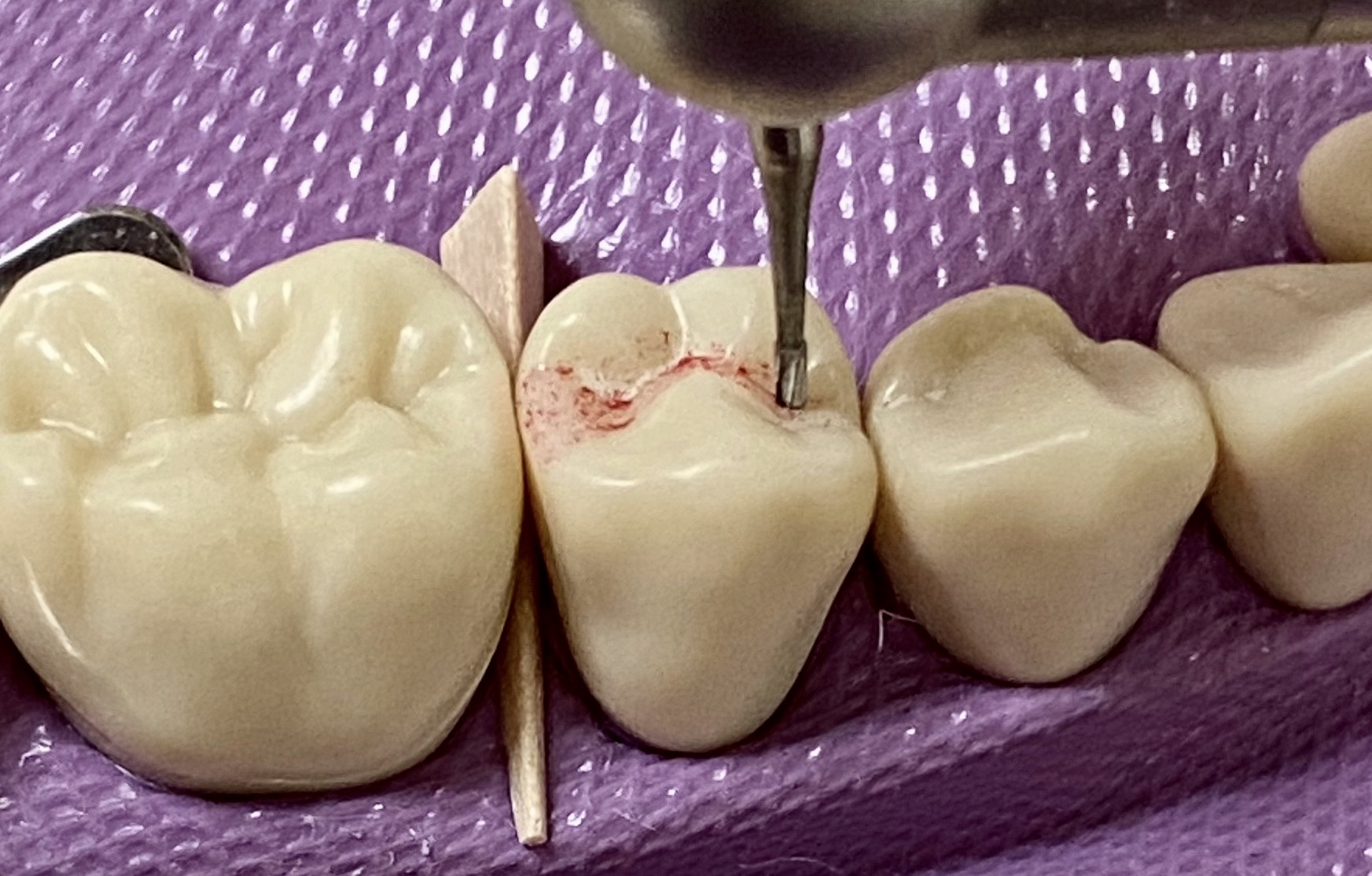
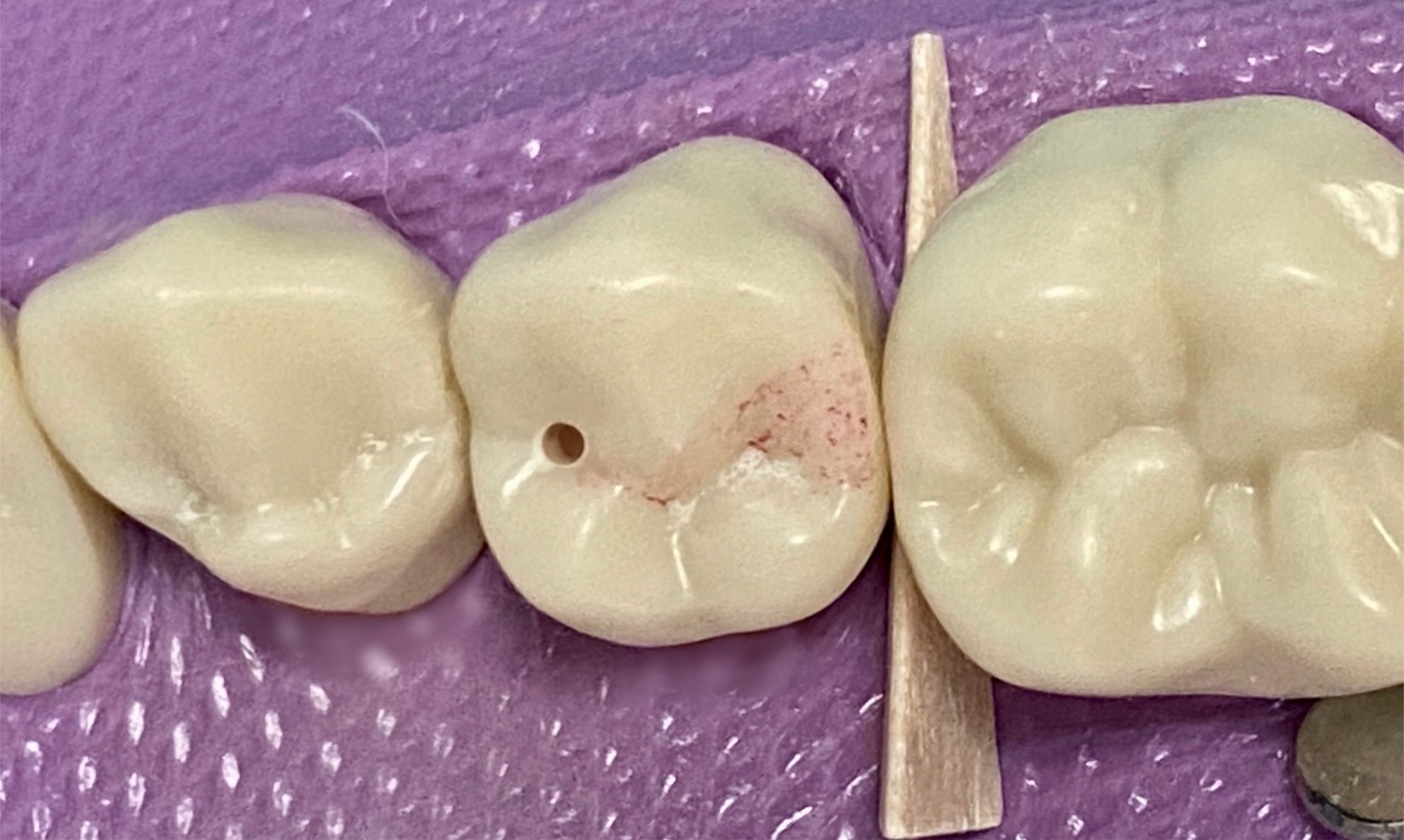
Clinical note: The final preparation depth is determined by the extent of the carious lesion or existing, faulty restoration
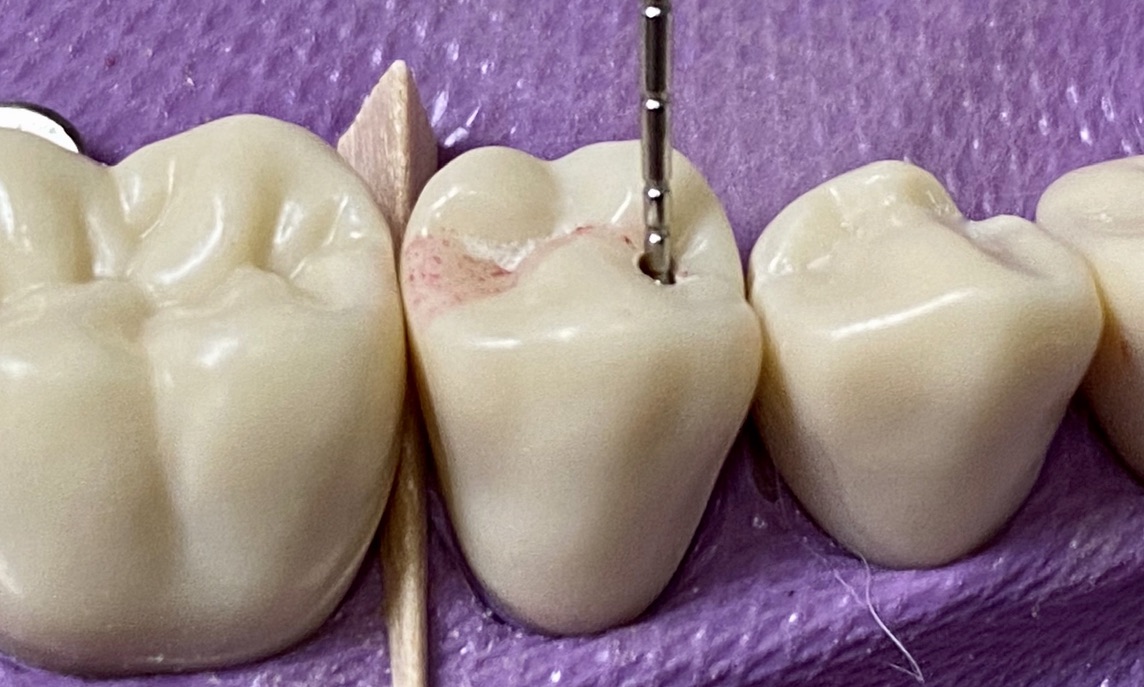
- Always keep the bur perpendicular to the long axis of the tooth
- Follow the anatomical grooves of the tooth
- Leave a small “enamel shell” interproximally to protect the adjacent tooth from iatrogenic damage
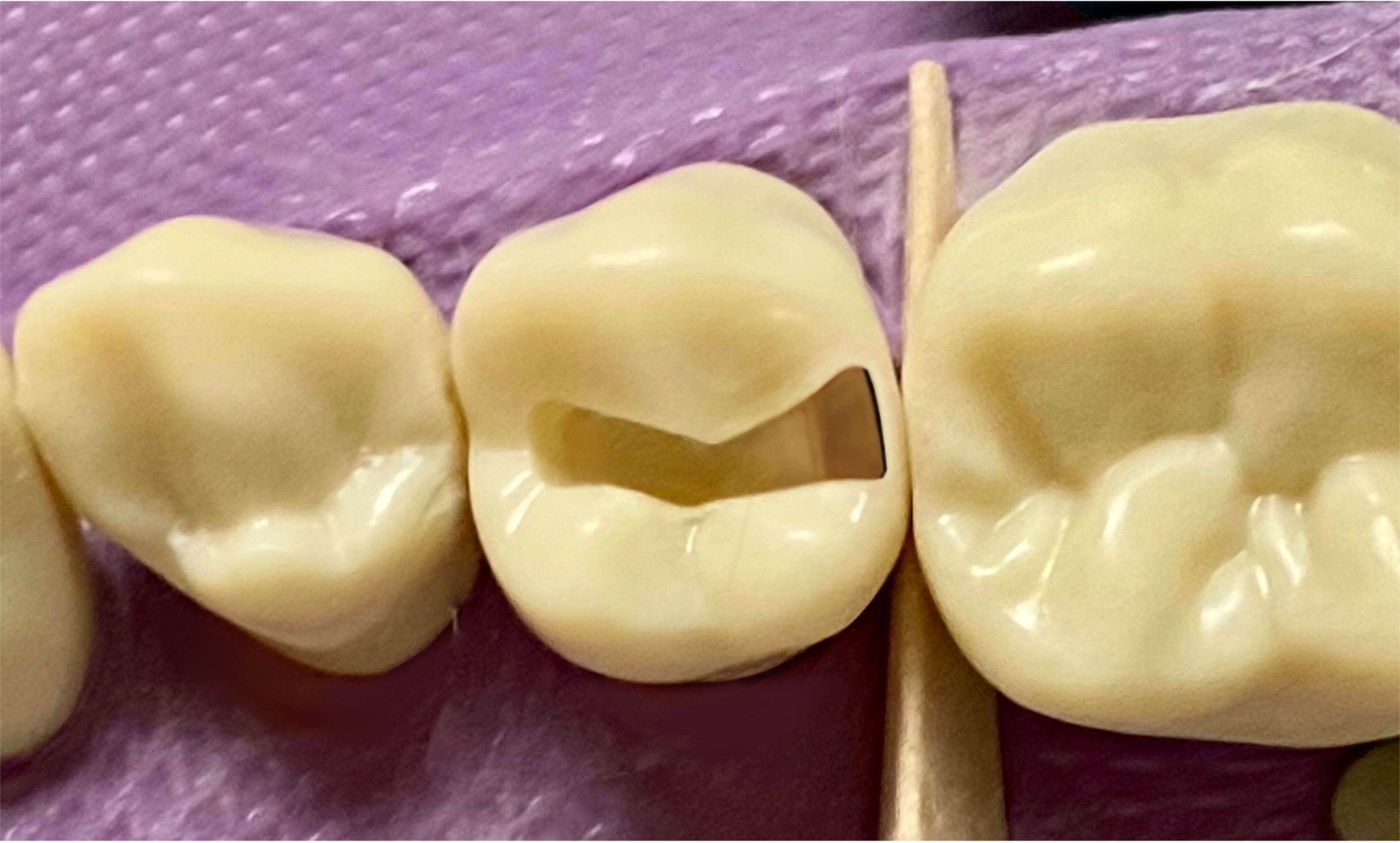
- BL width of occlusal outline: at least 1mm
- BL width of isthmus: 1-1.5mm
- BL dimension must accommodate the smallest condenser
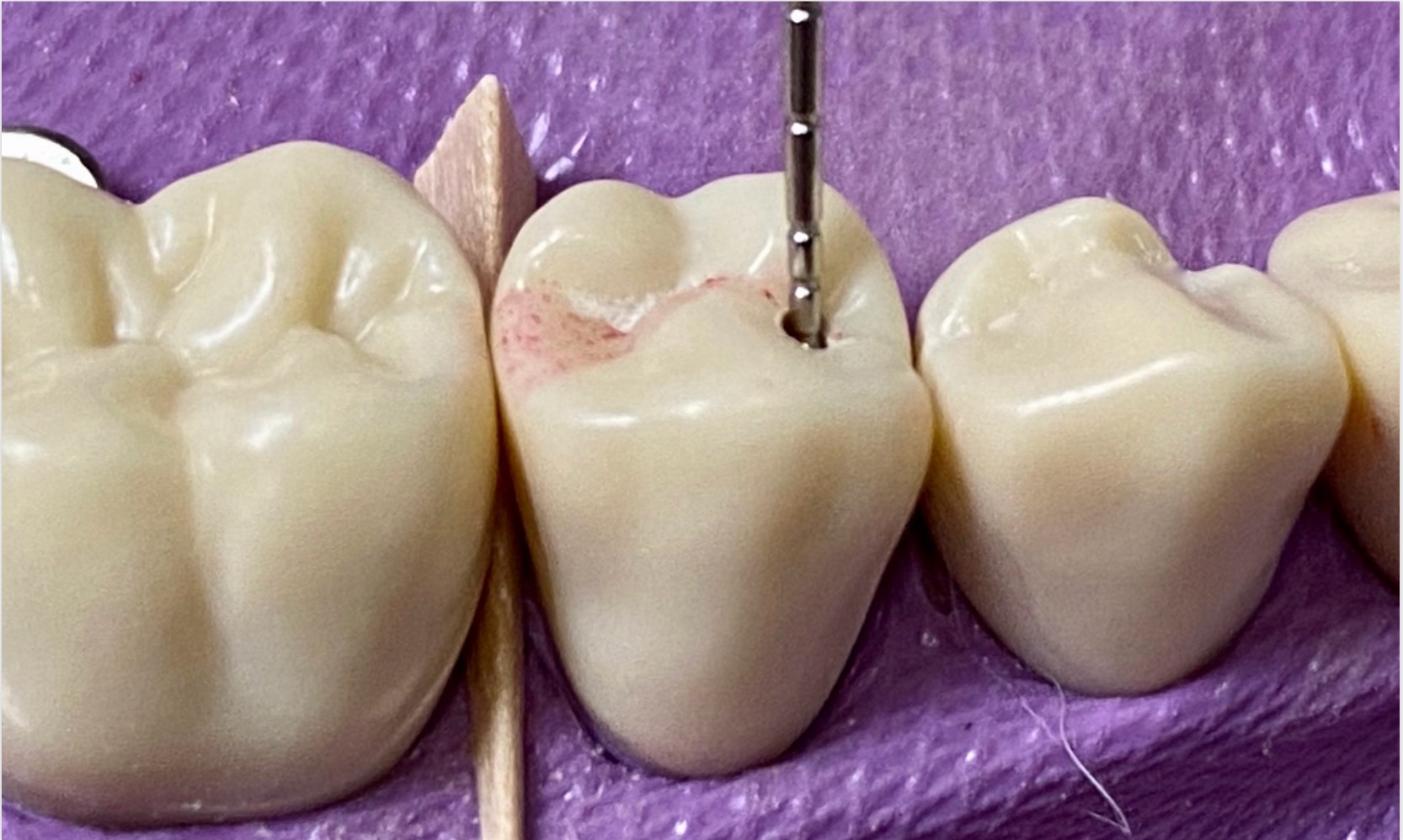
- Follow the anatomy of the grooves
Bur options: pear shaped carbide burs (330, 245)
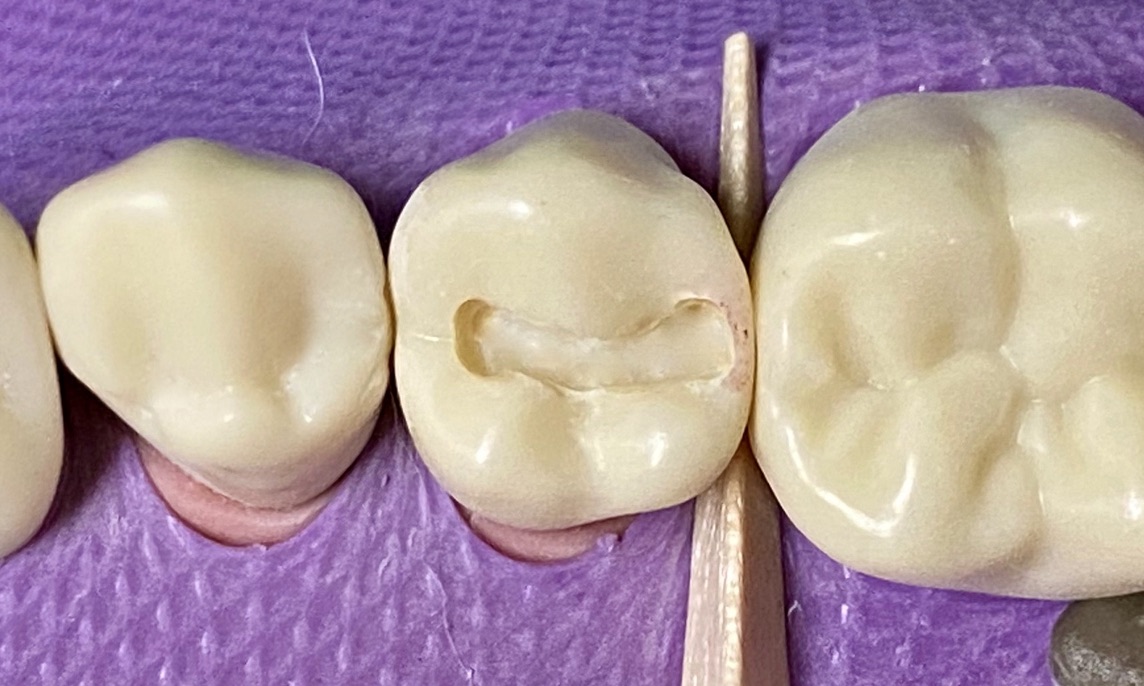
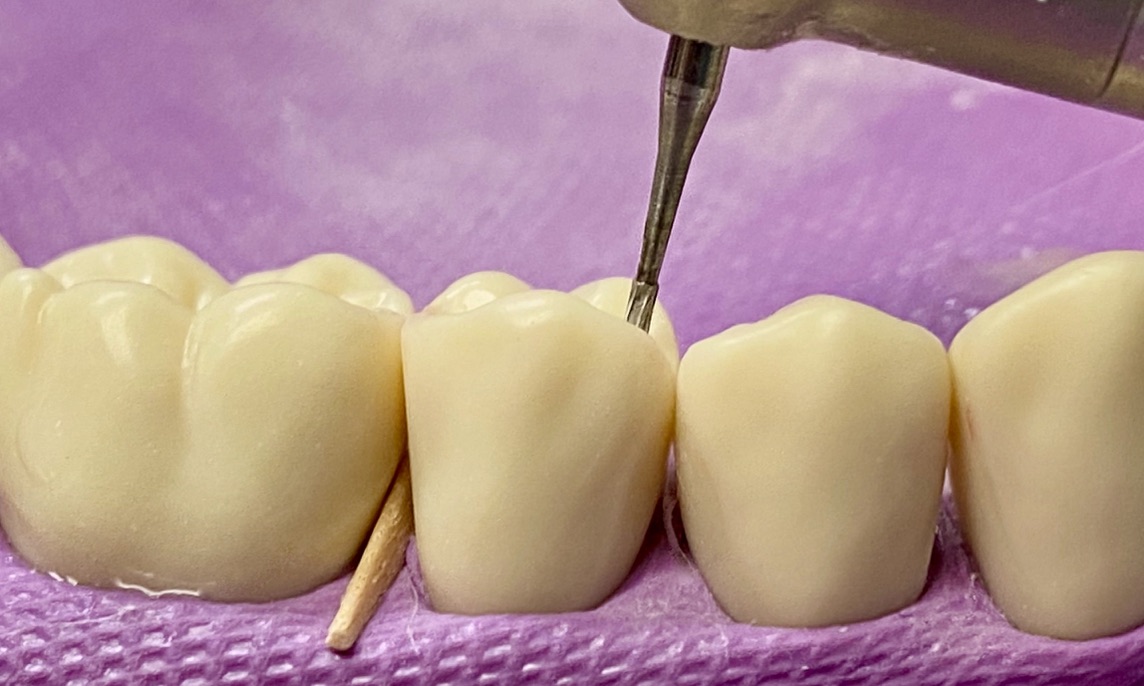
Bur options: pear shaped carbide burs (330, 245)
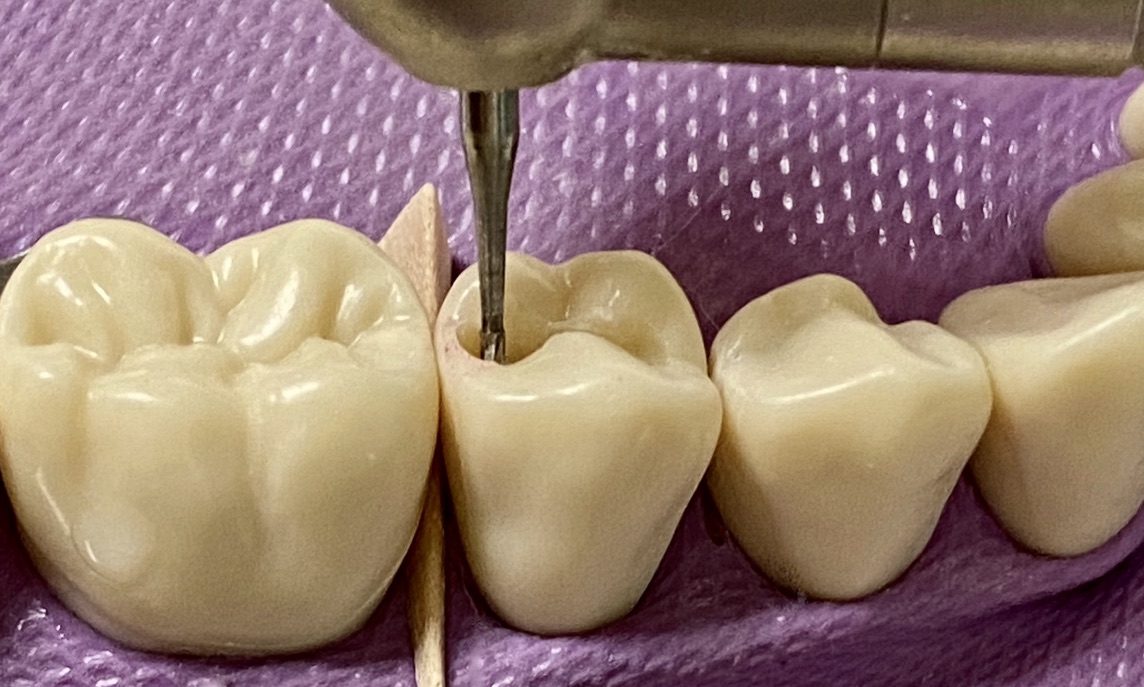
- The gingival contact is broken <0.5mm
- When the gingival contact is broken, the tip of the explorer will pass through the broken contact
Drop the box = creating the proximal box!


- Position the flat side of the instrument against the enamel shell and push the instrument outward toward the adjacent tooth
Hand instrument option: enamel hatchet
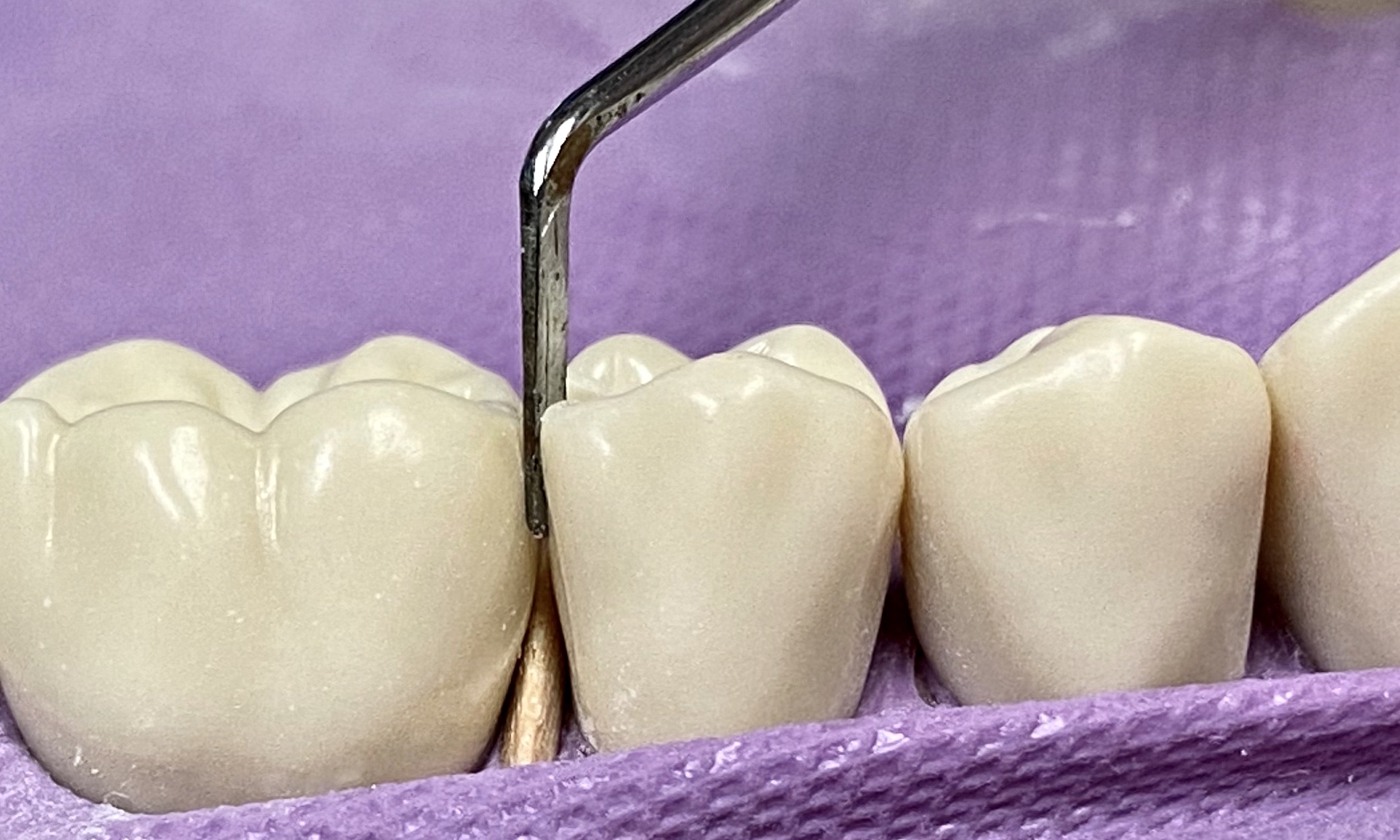
Bur options: pear shaped carbide burs (330, 245) <br>
Hand instrument options: enamel hatchet
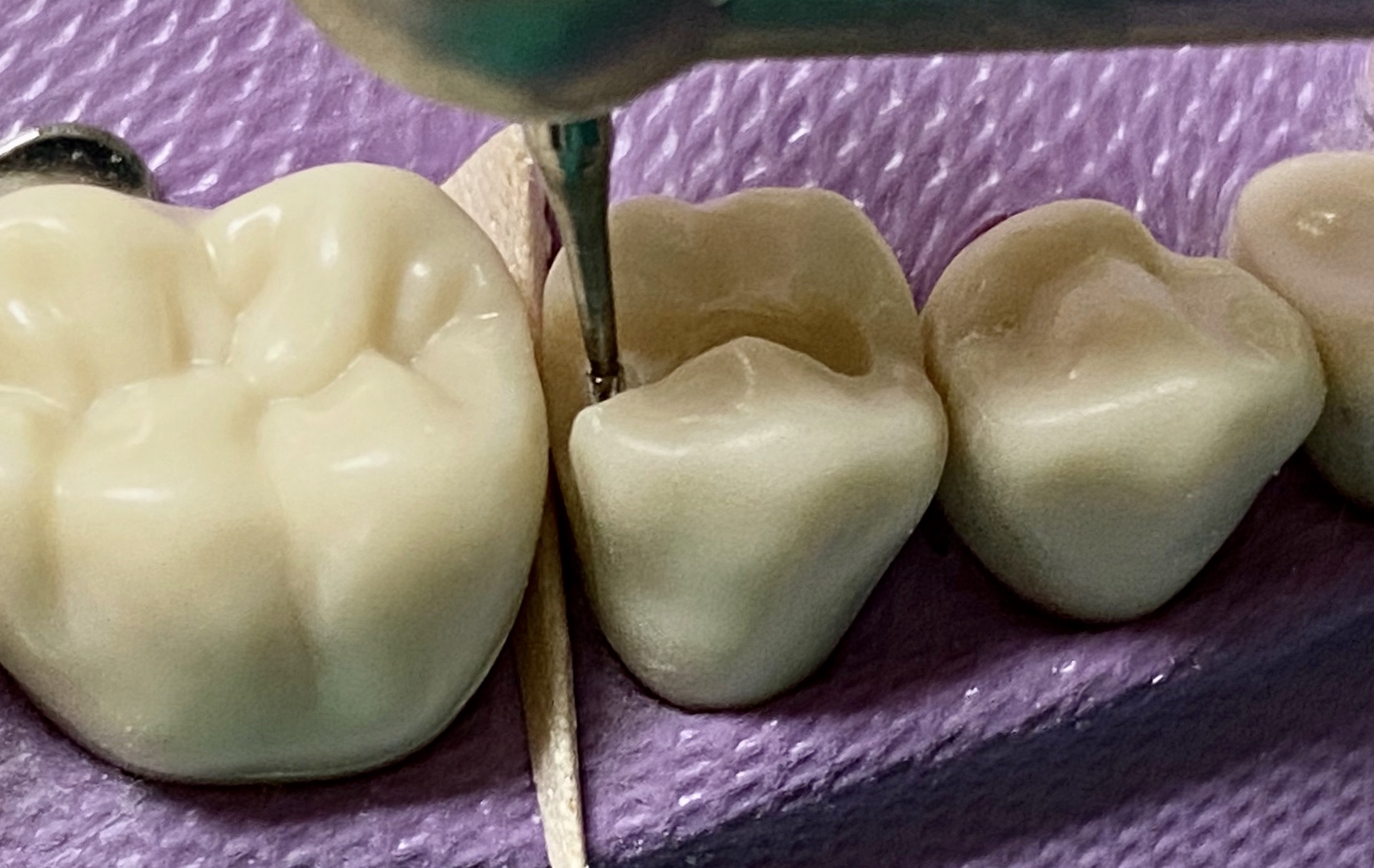
- The exit angles are 90º degrees to the tooth surface, following the direction of the enamel rods
- The buccal and lingual walls are occlusally convergent
- The axial wall is occlusally divergent
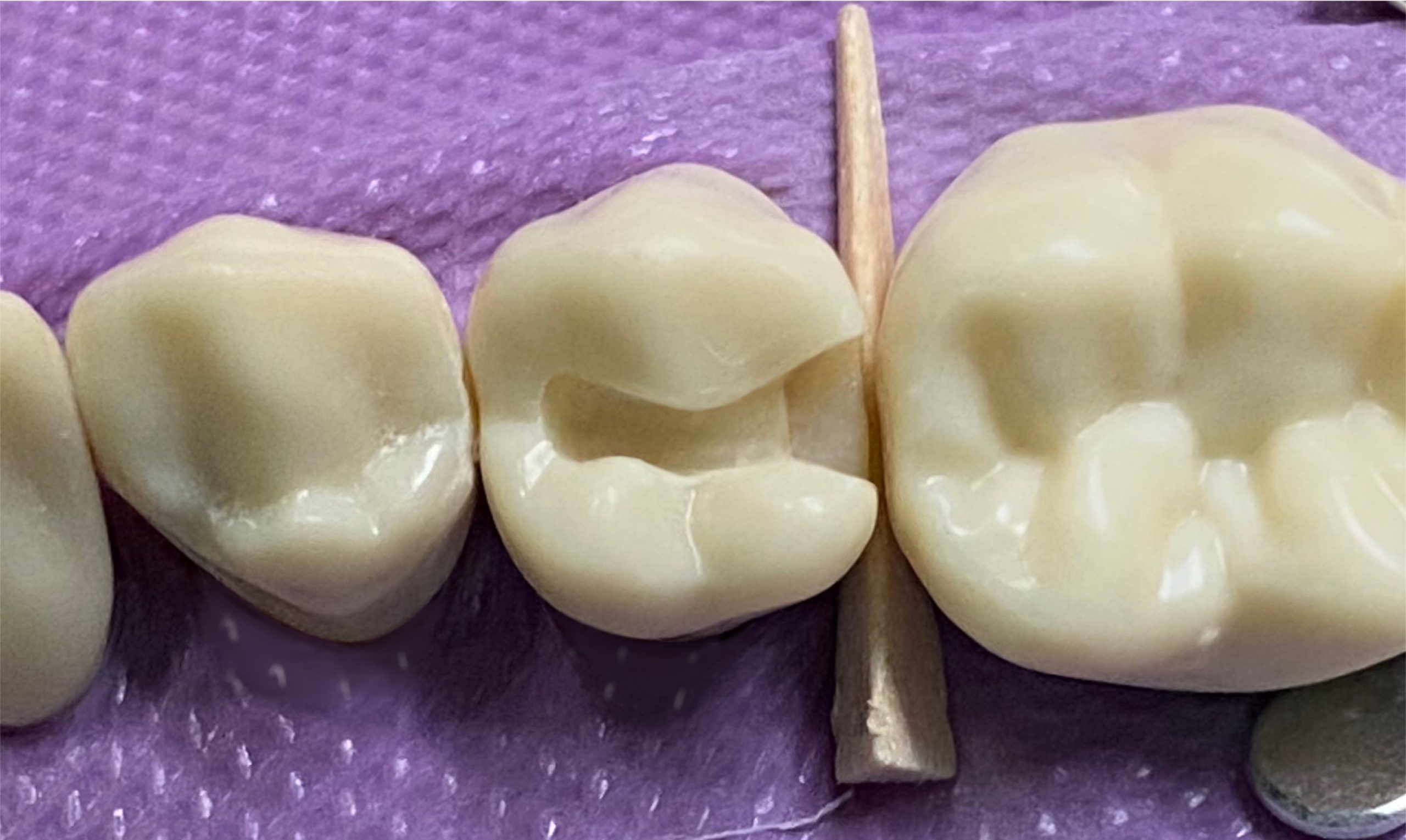
- The tip of the explorer should pass through buccal, lingual, gingival contacts
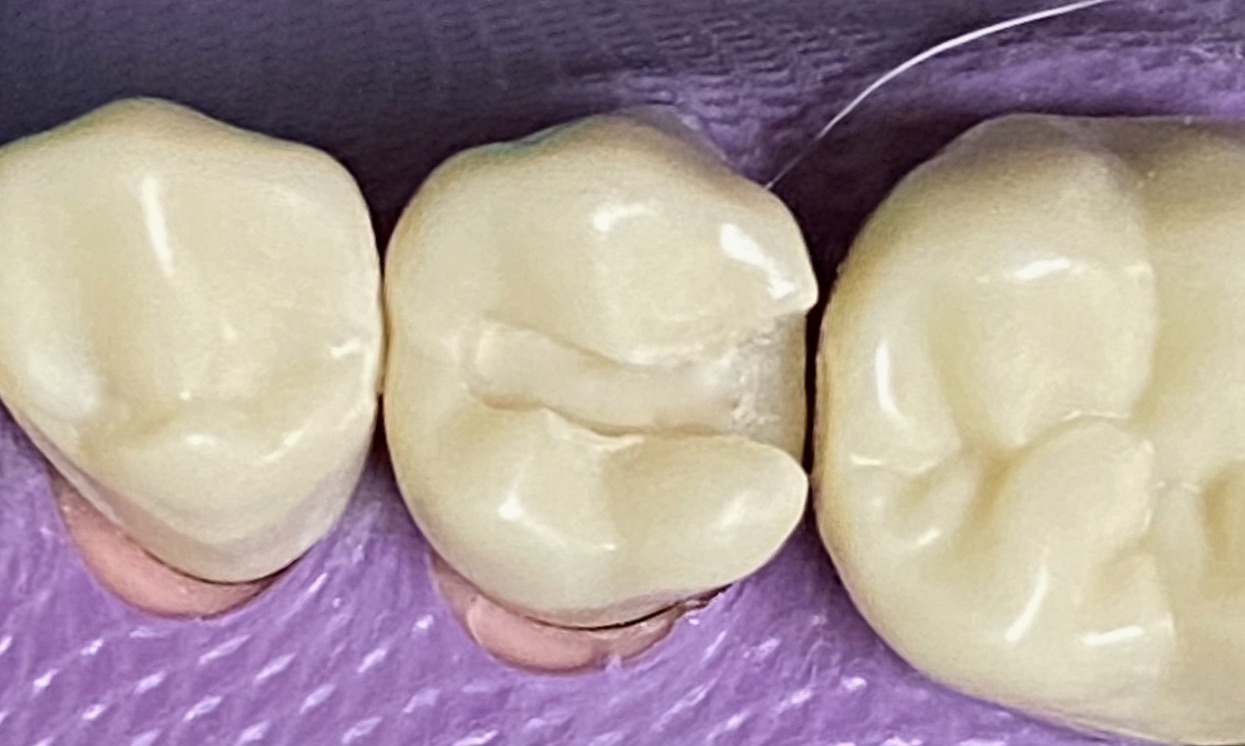
Bur options: pear shaped carbide burs (330, 245)

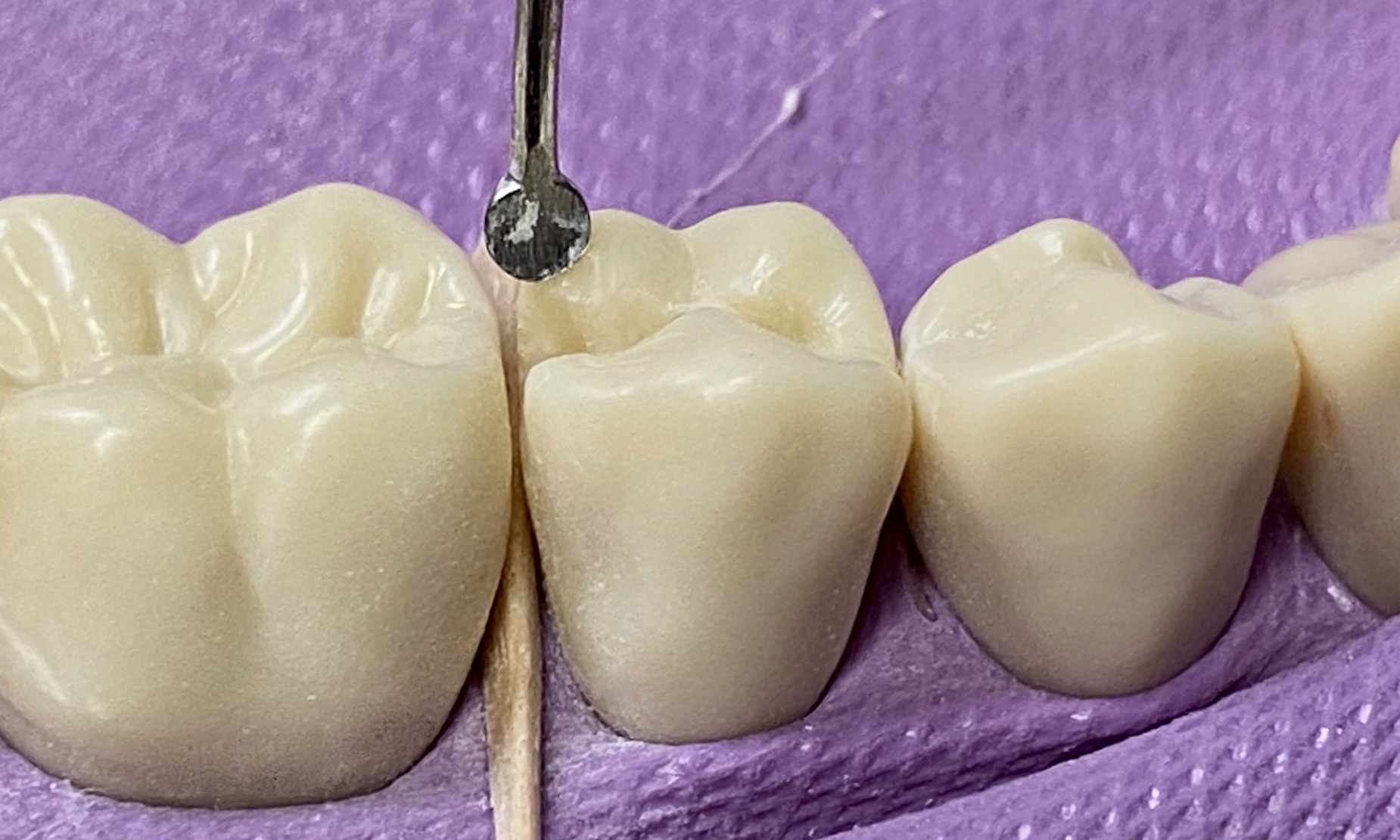
Bur options: round carbide burs (4, 6)
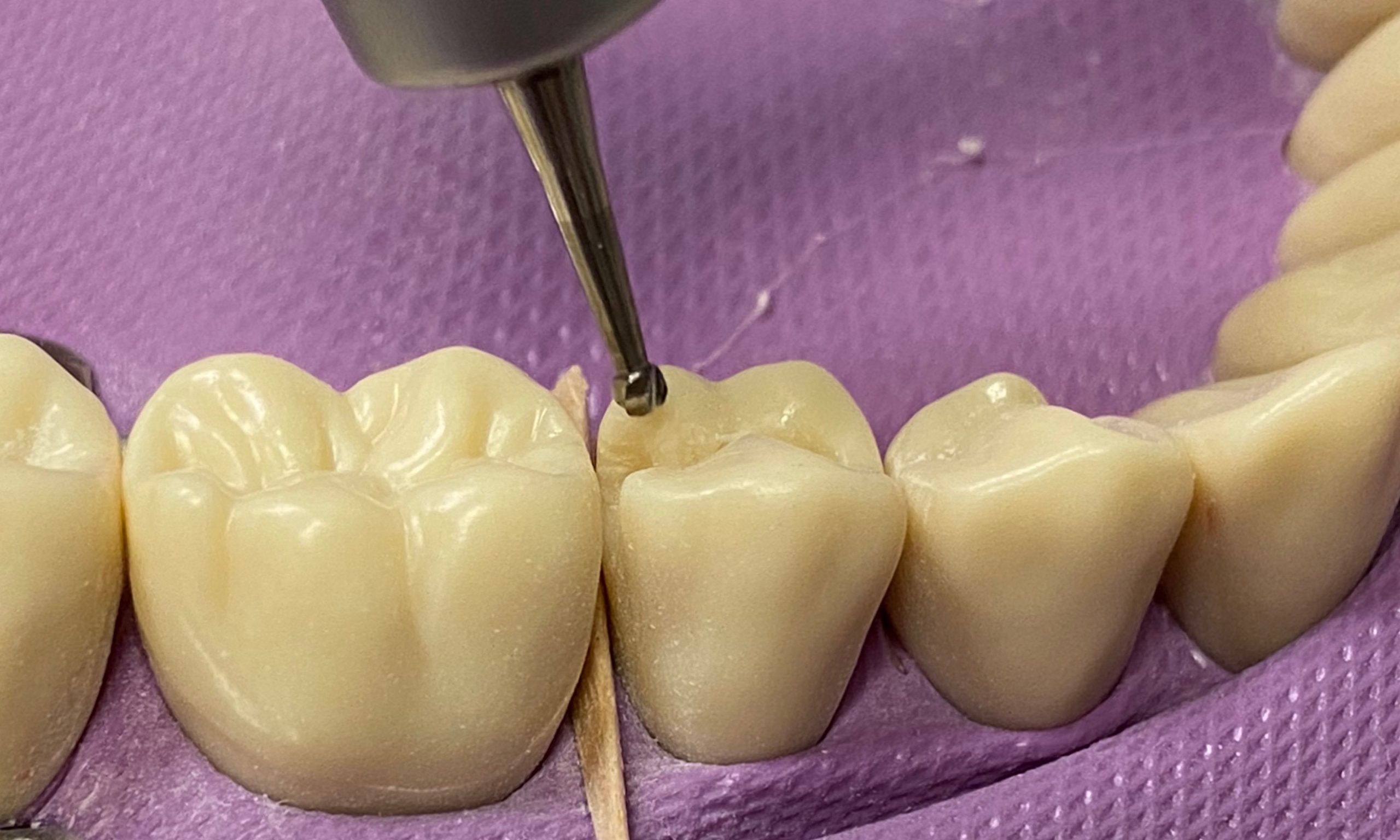
- Remove unsupported enamel
- Remove steps/ledges
- Bevel the axiopulpal line angle
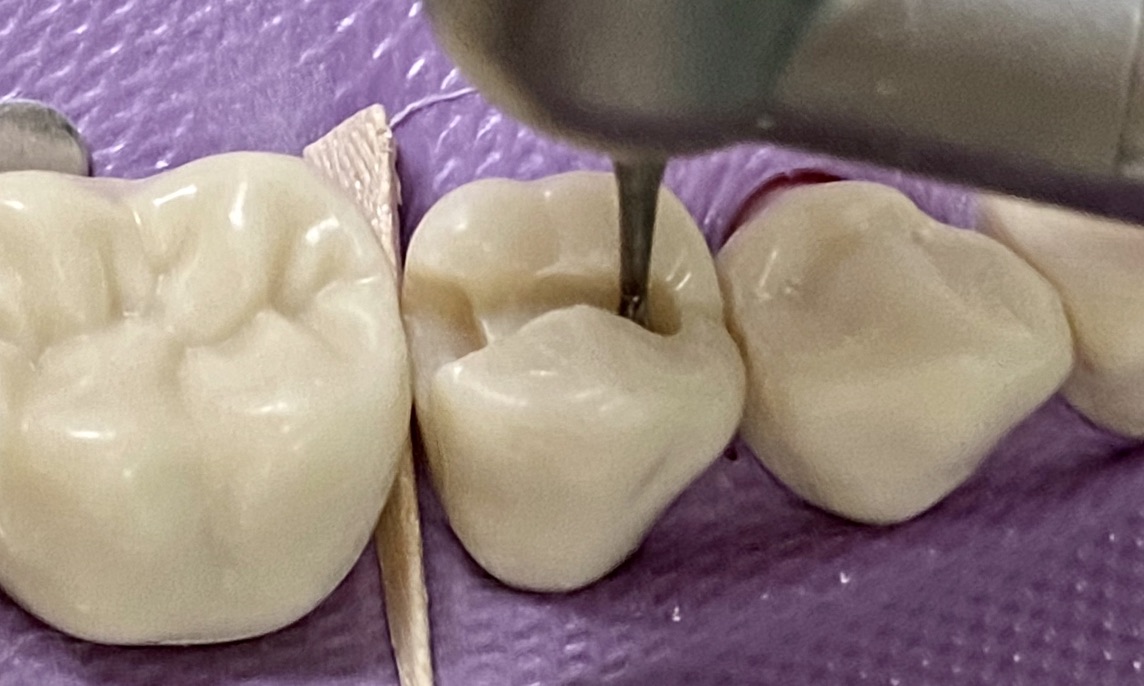
Hand instrument options: enamel hatchet, enamel hoe, gingival margin trimmer
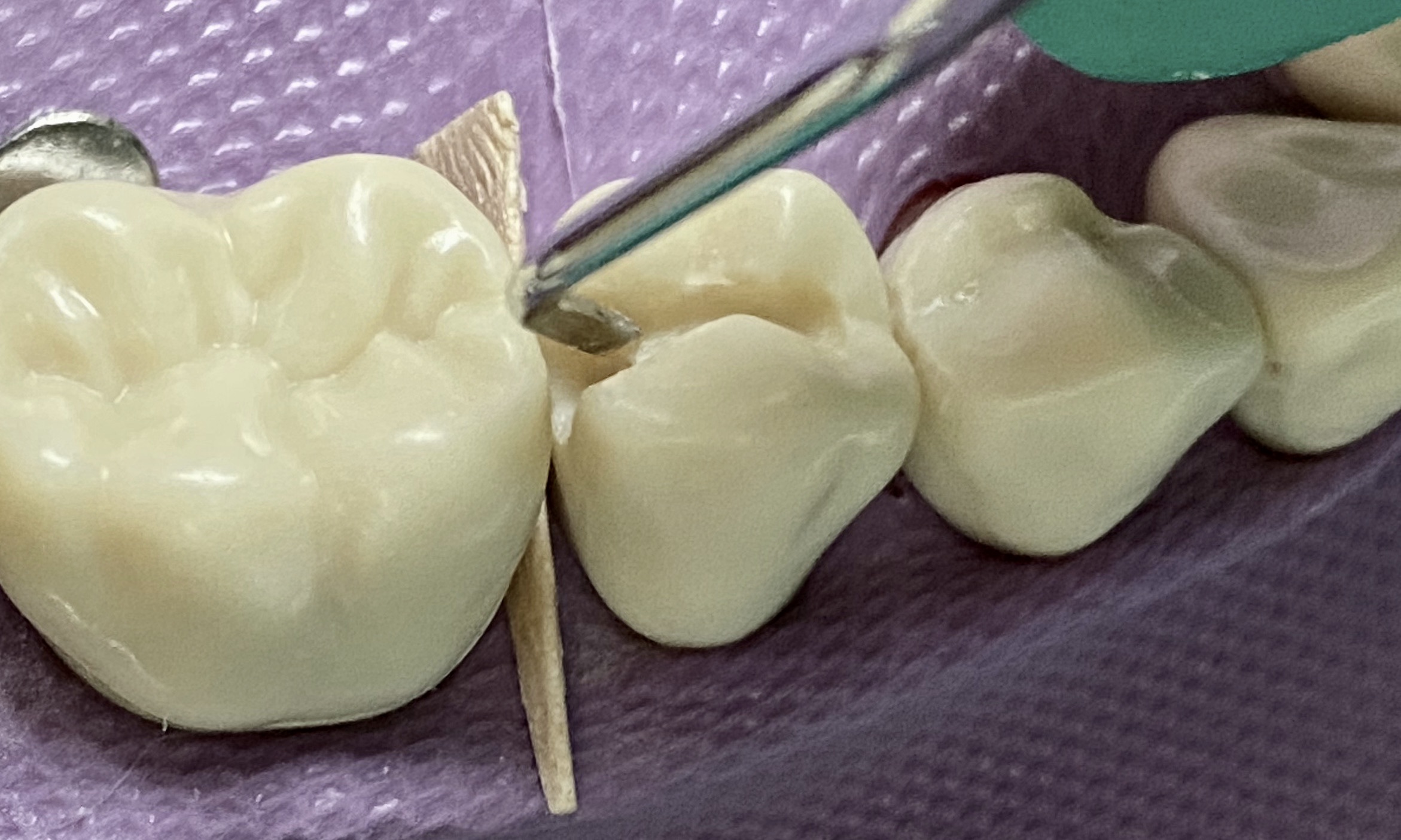
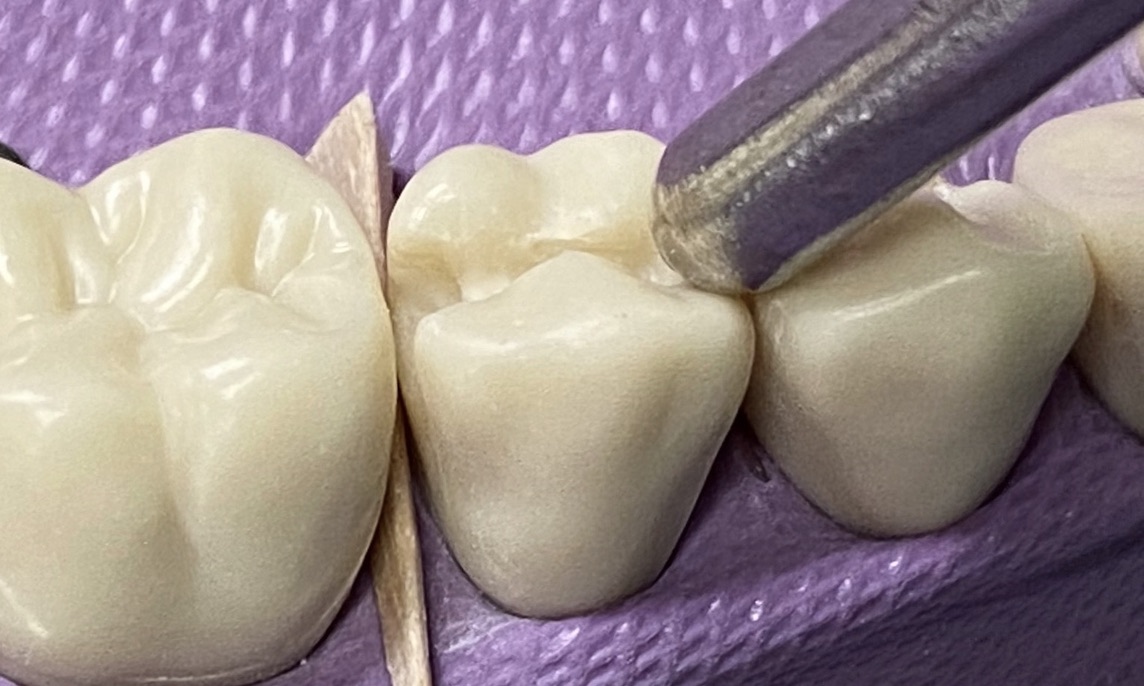
- Use the explorer to check for smoothness
- Use the probe to check for appropriate depth and width
- Clinical note: The final dimensions of the preparation are determined by the extent of the carious lesion or existing, faulty restoration
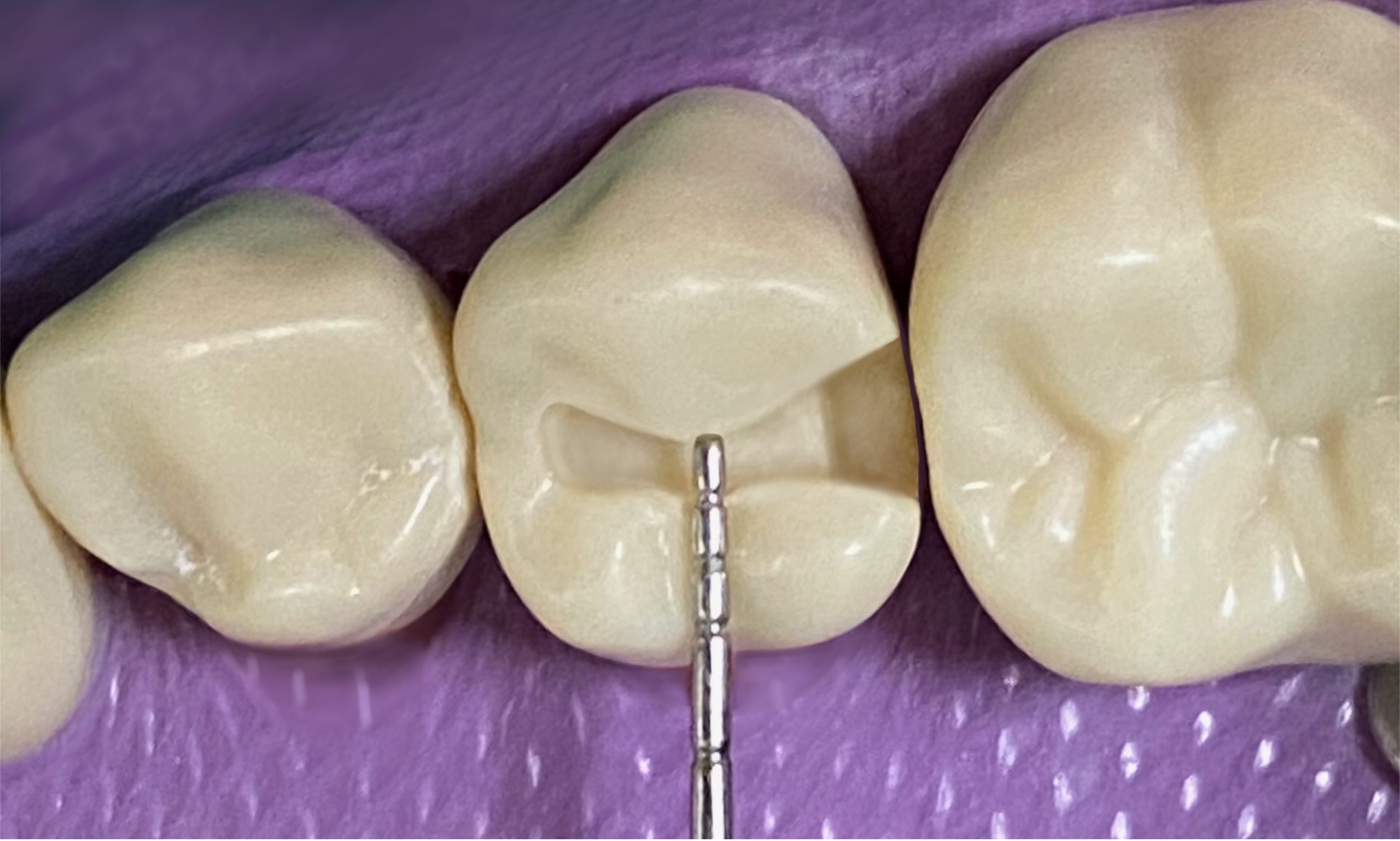
Checklist
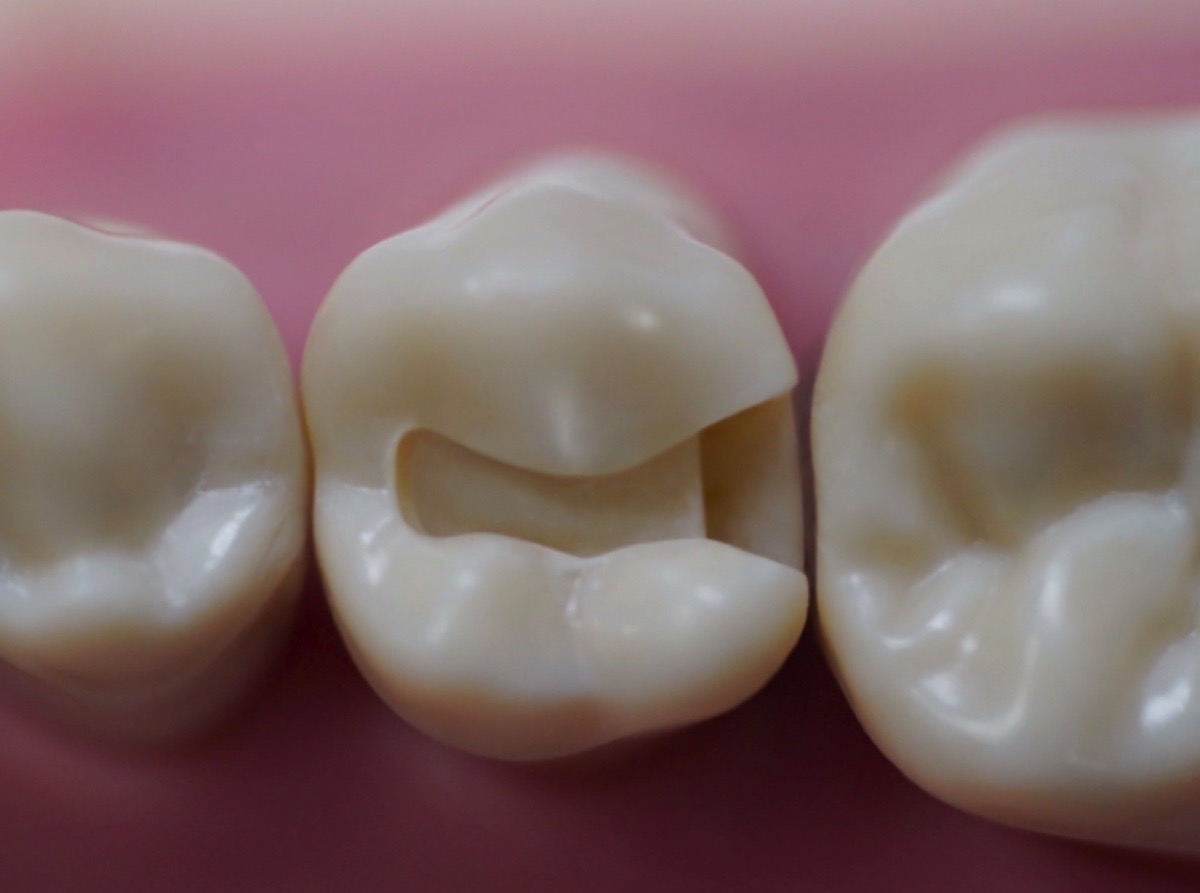
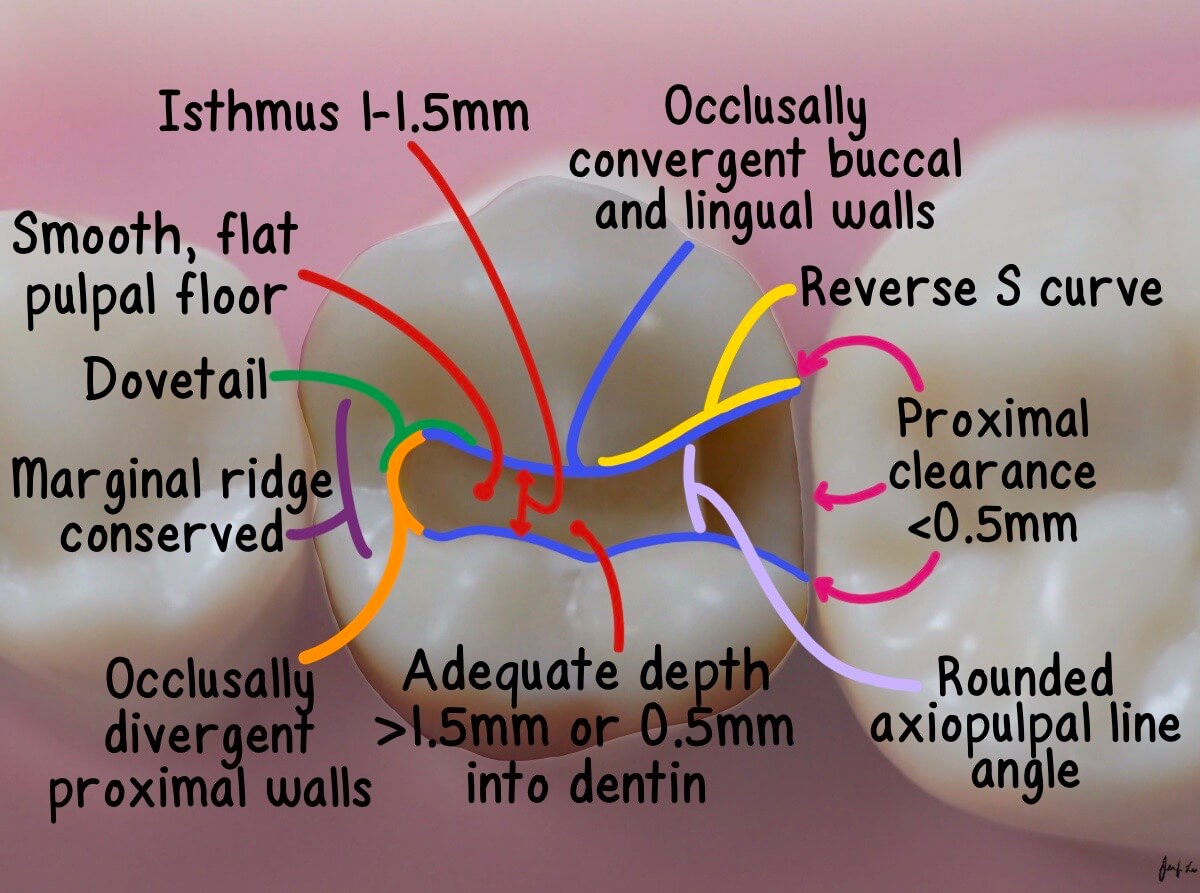
Common Mistakes
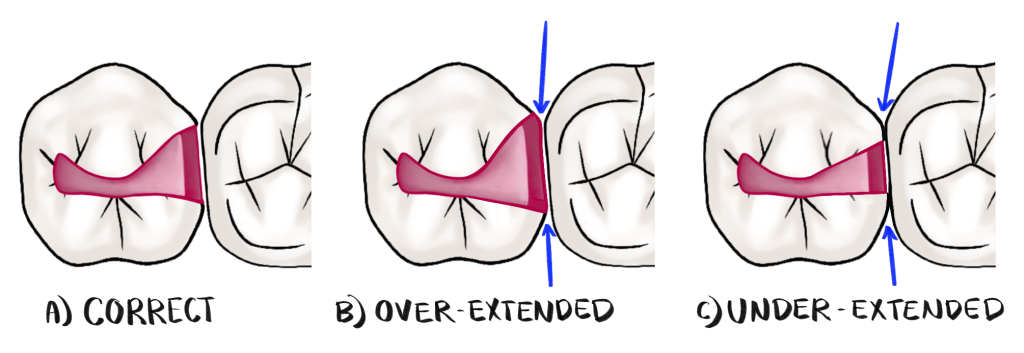
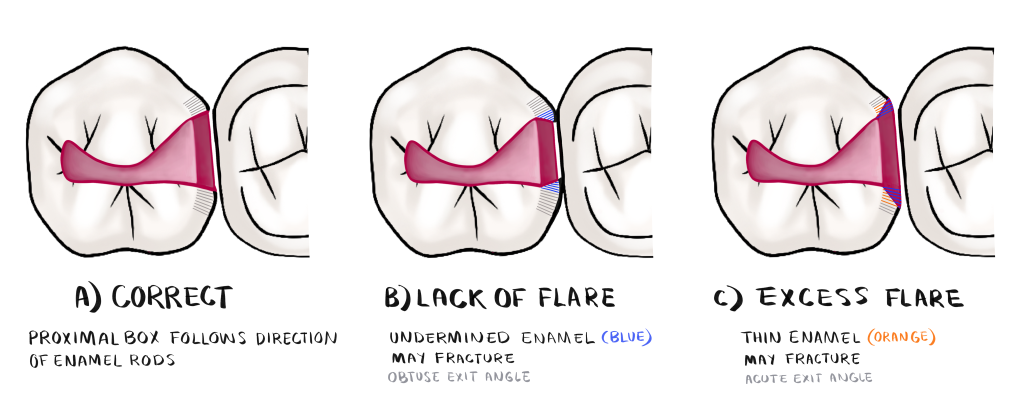
References
Hilton, T. J., Ferracane, J. L., & Broome, J. C. (2013). Summitt’s fundamentals of operative dentistry a contemporary approach. Quintessence Publishing Co. Inc.
Ritter, A. V., Boushell, L. W., Walter, R., & Sturdevant, C. M. (2019). Sturdevant’s art and Science of Operative Dentistry. Elsevier.
Congratulations
You’ve reached the end of this lesson
